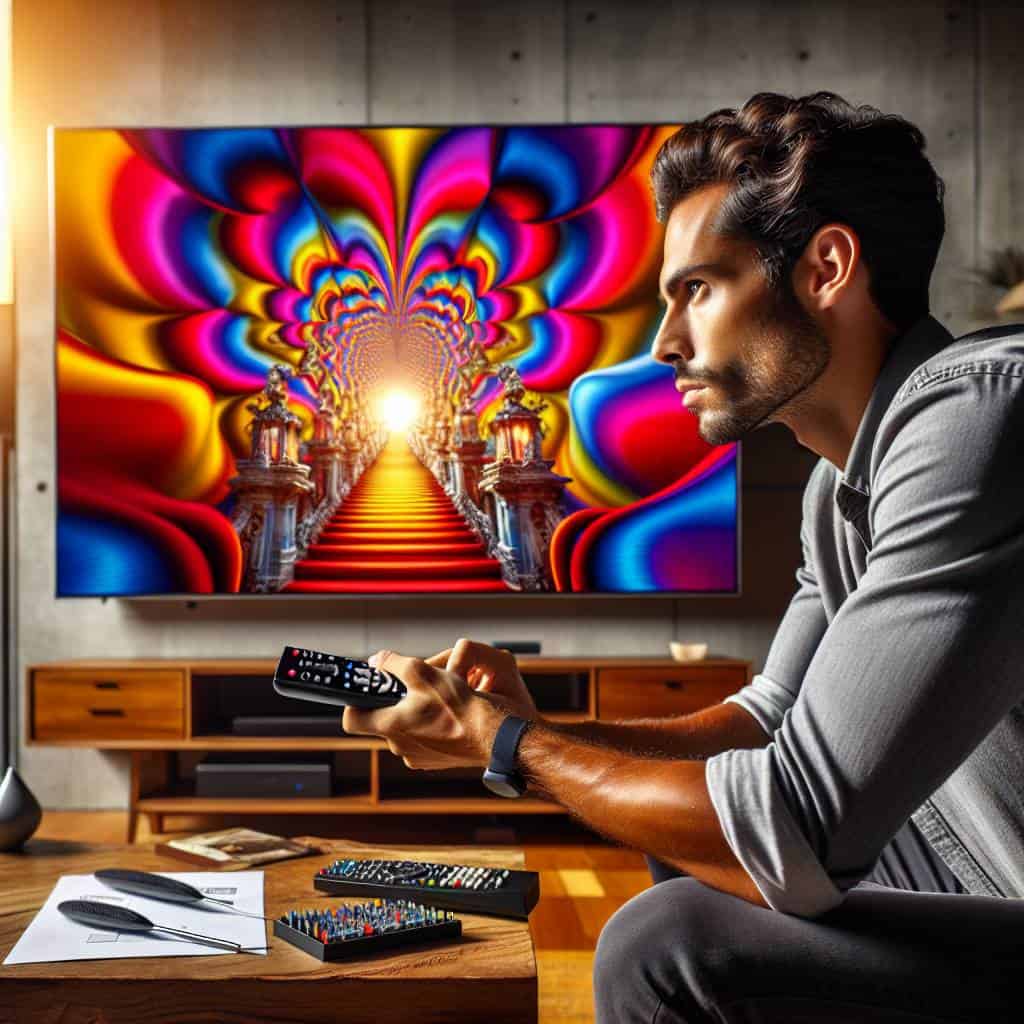I remember the first time I tried to calibrate my TV. I had just gotten a brand-new set, and the picture looked like it was broadcast from a carnival funhouse. Faces were so orange, I half-expected them to start juggling. Now, I’m no stranger to getting my hands dirty with an engine or two, but when it came to those settings, I was more lost than a wrench in a haystack. After an hour of fiddling, I’d managed to make things worse. It was like trying to tune a carburetor while blindfolded. The whole experience left me thinking that TV manufacturers might be in cahoots with optometrists, drumming up business with their retina-searing color defaults.

But, like any good mechanic, I wasn’t about to let a bunch of pixels get the better of me. So, I did what I do best—I dug in. In this article, I’ll be your guide through the murky waters of TV calibration, sharing the tricks I’ve picked up to make those colors pop just right and those shadows look like they’re supposed to. We’ll talk settings, color accuracy, and the tools you’ll need to get the job done. Stick with me, and by the end, you’ll be watching your favorite movies in a whole new light—literally. Let’s get that picture looking as sharp as a well-tuned V8.
Table of Contents
The Great Color Quest: Taming The Wild Settings of My TV
Let me take you on a little adventure I like to call “The Great Color Quest.” Picture this: you just unboxed your brand-new TV, and it’s like the Wild West of color settings in there. Straight out of the box, these screens are set to “Torch Mode” by default, where every scene looks like it’s been dunked in a vat of radioactive paint. It’s as if the manufacturers think we all live in neon-lit arcades. Now, if you’re anything like me, you want to see movies the way the director intended, not like a psychedelic trip through Willy Wonka’s factory. So, what do we do? We roll up our sleeves and dive into the settings menu like it’s a carburetor that just won’t tune.
First stop on this quest is the elusive “Movie Mode” or “Cinema Mode” setting. These are your best friends. They calm down those wild colors and bring things back to earth, like a trusty wrench on a loose bolt. But don’t stop there. You’ll want to dig a little deeper with a calibration tool, like a picture calibration disc or even some handy software to really fine-tune those colors. It’s not just about slapping a fresh coat of paint on; it’s about adjusting the brightness, contrast, and color temperature so everything looks just right. Think of it like tuning an engine—every little adjustment gets you closer to that smooth, purring perfection. Trust me, once you’ve tamed those wild settings, your TV will be the envy of the block, and every movie night will be a visual joyride.
The Art of Picture Perfection
Getting your TV picture right is like tuning an old engine—it’s all about finding that sweet spot where colors sing and clarity roars.
The Final Tweak: A Picture-Perfect Epiphany
Well, folks, after wrestling with settings, color wheels, and more calibration modes than I knew existed, I’ve come to realize something important. It’s not just about getting the ‘perfect’ picture—it’s about finding that sweet spot that feels right for you. Like tuning an old engine, sometimes you have to listen, fiddle, and adjust till the hum feels right in your bones. There’s magic in the moment when the screen stops feeling like a screen and more like a window into another world.
And here’s the kicker: all those tools and settings are just guides, not gospel. Movie mode might be the holy grail for some, but maybe not for you. As I tweaked and tinkered, I saw the colors come alive, the accuracy sharpen, and it hit me—this whole journey was more about understanding than perfection. So, keep your remote handy, trust your instincts, and remember, it’s your couch, your popcorn, and your show. Make it yours.